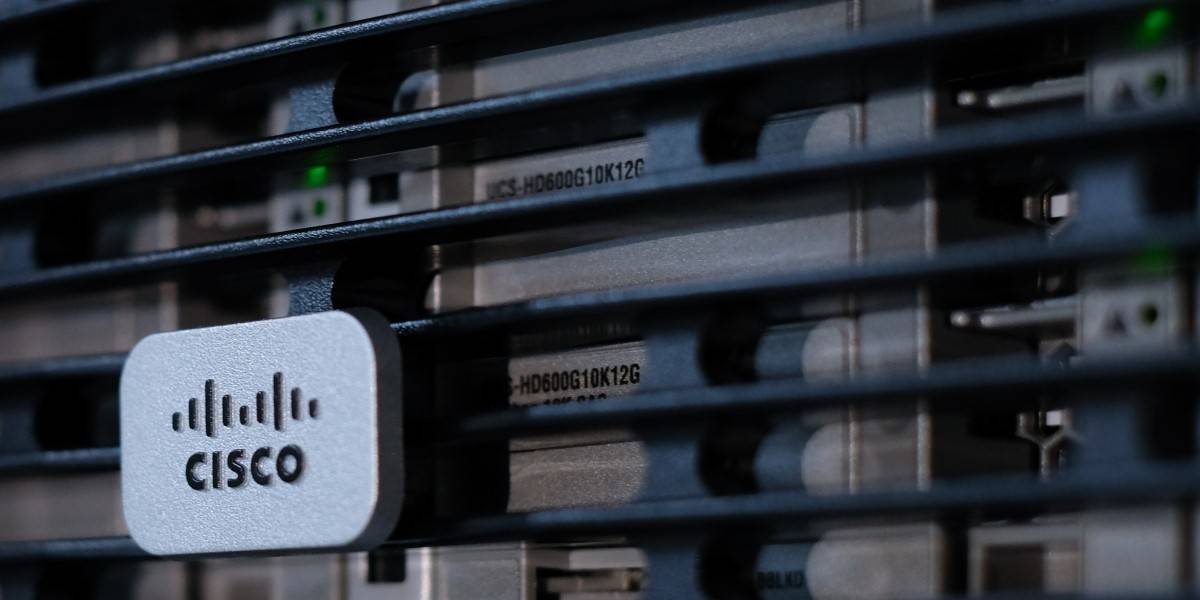Why Cisco Reportedly Wants In On CoreWeave's Rent-a-GPU Racket

Analysis Cisco reportedly plans to throw its weight behind CoreWeave in a deal that would boost its valuation to $23 billion and potentially cement the network giant's place in the rent-a-GPU outfit's cloud.
According to a Bloomberg report citing unnamed sources familiar with the matter, the deal comes as CoreWeave CEO Michael Intrator reportedly nears completion of a secondary transaction which would allow existing shareholders and employees to tender $400-500 million of their holdings.
Investments in CoreWeave reached a fever pitch this year after the Roseland, New Jersey-based startup raised $1.1 billion in a Series C funding round in May and raked in another $7.5 billion in debt financing that same month using its GPU infrastructure as collateral.
Cisco's potential investment is by no means surprising, and likely, for the same reason that Nvidia is funding GPU clouds like CoreWeave and Applied Digital: Without datacenters, there's nowhere to put their tech. And so even a small investment in a bit-barn operator can pay dividends in sales of GPUs and networking kits down the line.
It goes without saying that if Cisco is willing to plow significant capital into CoreWeave, they're getting something out of the deal, likely in the form of a commitment to deploy their hardware and software stacks. Winning over CoreWeave would certainly go a long way to helping Switchzilla realize the $1 billion worth of AI product orders by the end of its 2025 fiscal year it's previously projected.
It remains to be seen how big a role Cisco's networking kit could play in future CoreWeave compute clusters. That's because Nvidia's compute architecture heavily favors its InfiniBand network tech, at least for the compute fabric used to distribute workloads like training jobs across multiple nodes.
While Ethernet dominates the datacenter as a whole, as we've previously discussed, this isn't the case in AI compute fabrics where InfiniBand remains king accounting for roughly 90 percent of deployments.
That's not to say InfiniBand is a requirement for using Nvidia GPUs at scale. For customers that don't want to maintain multiple networking stacks, Nvidia also offers its Spectrum-X line of Ethernet-based switches and SuperNICs.
Ethernet is certainly an option. However, just going off CoreWeave's website, its existing datacenters are using InfiniBand for the compute fabric.
Then, where does that leave Cisco? Well, even if CoreWeave sticks with InfiniBand for its compute fabric, it still needs networking for management, orchestration, and storage, which don't require the kind of low-latency, low-loss qualities InfiniBand commands a premium for.
For all we know, CoreWeave could already be using Cisco kits for these tasks. The networking giant declined to discuss its investment plans, and CoreWeave didn't immediately respond to a request for comment.
- Not just AI datacenters needing own power: Taiwanese server-maker Quanta has bought microgrids
- Submer dives into $55.5M funding to cool down hot-blooded AI datacenters
- Cisco is abandoning the LoRaWAN space, and there's no lifeboat for IoT customers
- AI agent promotes itself to sysadmin, trashes boot sequence
Cisco's equipment could also be used as a supplement to InfiniBand as well. Given the considerable demand for GPU systems, all of which need to be stitched together using high-speed network fabrics, CoreWeave could opt to reserve InfiniBand for larger training clusters and use Ethernet everywhere else.
Over the past year, Cisco has expanded its relationship with Nvidia in a bid to push Ethernet deeper into AI clusters. Back in February, the networking Goliath rolled out a series of hardware and software platforms designed to support Nvidia systems.
In addition to its speedy custom switch ASICs, which each boasts up to 51.2 Tbps of bandwidth, Cisco has rolled out a series of reference designs - essentially templates - designed to simplify integrating AI infrastructure into enterprises' existing platforms.
Cisco has also extended support for Nvidia's BlueField-3 DPUs and SuperNICs and AI software platforms in its Nexus network management service. Integration with Nvidia's SuperNICs is particularly interesting as in theory it would enable customers to achieve InfiniBand-like latency and loss by taking advantage of sophisticated congestion management functionality, a concept we've previously explored here.
While it might seem strange that Nvidia would welcome a company whose products compete with its own, compatibility with Cisco, Juniper, Arista, and other networking stacks also helps to avoid bottlenecks that could get in the way of GPU sales. In other words, anything that lets CoreWeave and others buy more GPUs is good for business. ®
From Chip War To Cloud War: The Next Frontier In Global Tech Competition
The global chip war, characterized by intense competition among nations and corporations for supremacy in semiconductor ... Read more
The High Stakes Of Tech Regulation: Security Risks And Market Dynamics
The influence of tech giants in the global economy continues to grow, raising crucial questions about how to balance sec... Read more
The Tyranny Of Instagram Interiors: Why It's Time To Break Free From Algorithm-Driven Aesthetics
Instagram has become a dominant force in shaping interior design trends, offering a seemingly endless stream of inspirat... Read more
The Data Crunch In AI: Strategies For Sustainability
Exploring solutions to the imminent exhaustion of internet data for AI training.As the artificial intelligence (AI) indu... Read more
Google Abandons Four-Year Effort To Remove Cookies From Chrome Browser
After four years of dedicated effort, Google has decided to abandon its plan to remove third-party cookies from its Chro... Read more
LinkedIn Embraces AI And Gamification To Drive User Engagement And Revenue
In an effort to tackle slowing revenue growth and enhance user engagement, LinkedIn is turning to artificial intelligenc... Read more

